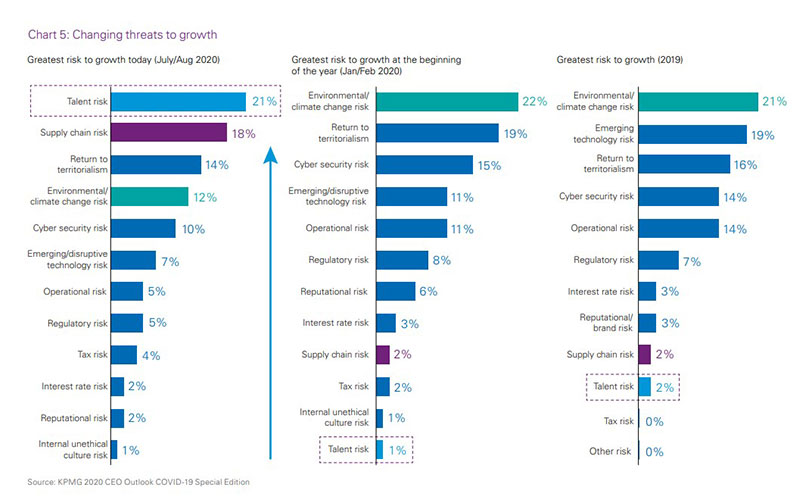Most of us know the frustration of going to the supermarket and finding the exact ingredient you need is out of stock.
Maybe you’ve been looking forward to having your favourite meal for dinner, only to discover you’ll now have to re-plan and come up with something else. And you just know whatever else you make is not going to taste as good, because let’s face it, it’s not what you really felt like.
While this seems like a relatively small annoyance, it reflects a bigger picture for the retailer – stockouts lead to lost sales and potentially risk losing shelf space.
Thinking about this problem on a larger scale, we know there’s a lot of factors at play when it comes to stock management.
I’ve talked about the value of safety stock previously, and how the global pandemic further highlighted the need for improved planning, visibility and flexibility in supply chains.
There’s many more aspects to minimising stockouts, including inventory allocation and dispatching.
When there are many shipping destinations and thousands of stock items to manage, optimising the allocation of stock is critical to the business bottom line and significantly impacts customer satisfaction, and store or brand loyalty.
An optimised supply chain means dispatching needs to be highly efficient and responsive to changes – while also precise when determining where to allocate available inventory.
In this blog, we’ll follow the distribution process from finished goods inventory through to dispatch, with some examples of what Nukon have done to optimise this chain along the way.
Inventory allocation: allocating stock to customer orders
Over the last 18 months, we have seen how easily inventory supply can be disrupted.
With all the logistical challenges, manufacturers around the world have found it difficult to source the products they need to prevent stockouts, demand fluctuation and distribution bottlenecks.
The pandemic has exposed challenges that inventory management teams will have to work to overcome now and potentially for years to come. Businesses need to find ways to make their supply chains more robust and able to deal with the impact of external events.
In KPMG’s recent report, 2020 Outlook: COVID-19 Special Edition, they found that supply chain risk
was the second-highest major strategic threat felt by CEOs.This was up from ninth position the year prior.
With extremely efficient sites and logistical challenges, inventory allocation decisions become a frequent conversation, with issues such as how much, and where, stock should be held in a supply chain.
When the inventory level of a product is lower than the total quantity ordered, the decision of how many items to allocate to each ‘competing' order must take into consideration the trade-off between margin, service level and other variables such as shelf life, lead times and many others.
The question here is, which order should I fulfill first?
At Nukon, we’ve been working closely with a client to overcome this problem.
For example, they may have one specific item in stock and a list of customers expecting to receive product.
Dispatch needs to factor in:
- FIFO – First in First Out
- The best before date
- Customer Minimum Life on Receipt (MLOR); often dictated by the store so they don’t receive short-dated stock
- Different customers or destinations with varying lead times.
A typical ERP will have the functionality to perform the Available to Promise (ATP) and allocate stock to a customer order via a shipment, but sometimes the complexity of these rules goes beyond what an ERP is capable of.
For our customer, this was the problem. The complexity of inventory management and dispatch optimization required custom solutions. In this case, custom software needed to be built.
With a custom-built algorithm that considers these complex business rules, stock can be allocated to customer orders in an optimal way enabling our client to deliver an exceptional level of customer service and product freshness.
Dispatching goods: optimizing truck scheduling
Once the stock is allocated to customer orders, we need to efficiently pick the stock from the warehouse and load the finished goods into the delivery trucks.
Not every company has a complex dispatch scenario. It really comes down to how many trucks are leaving the facility and how many docks you have. But if your outbound starts to become part of your bottleneck, then you may have an opportunity to optimize how your dispatch schedule gets crafted.
The daily challenges of dispatch mean keeping track of multiple pallet loads, trucks, and driver schedules. This can be overwhelming.
So, how to improve and manage the dispatch process?
To do this, Nukon built a truck scheduling tool that considers the demand (sales order and forecast) and other dispatch variables like load due-in date, lead time, truck types, truck capacity and the window between trucks.
This allows for an understanding of the day-by-day pick and dispatch capacity constraints, as well as future visibility of any bottleneck. When capacity is exceeded, you need to start looking at shipping things in advance. This can only be done if you have future visibility of these orders.
Summary:
With appropriate tools and processes, operators can now make the right decisions to optimize the finished goods flow from the warehouse, all the way to the truck.
Even with such a complex supply chain, our customer metrics are impressive. Over the last few months, the dispatch centre has been operating at a rate above 99% for Deliver In Full on Time (DIFOT) with an increase of up to 15% in their dispatch capacity.
This has a huge flow-on effect - stores see less direct sales lost, and consumers benefit from fresher goods, available when and where they want them.
The daily challenges of keeping track of loads, trucks, and driver schedules can be overwhelming. If you need help improving the operational efficiency of your dispatch centre, speak to Nukon about quick-win solutions today.






